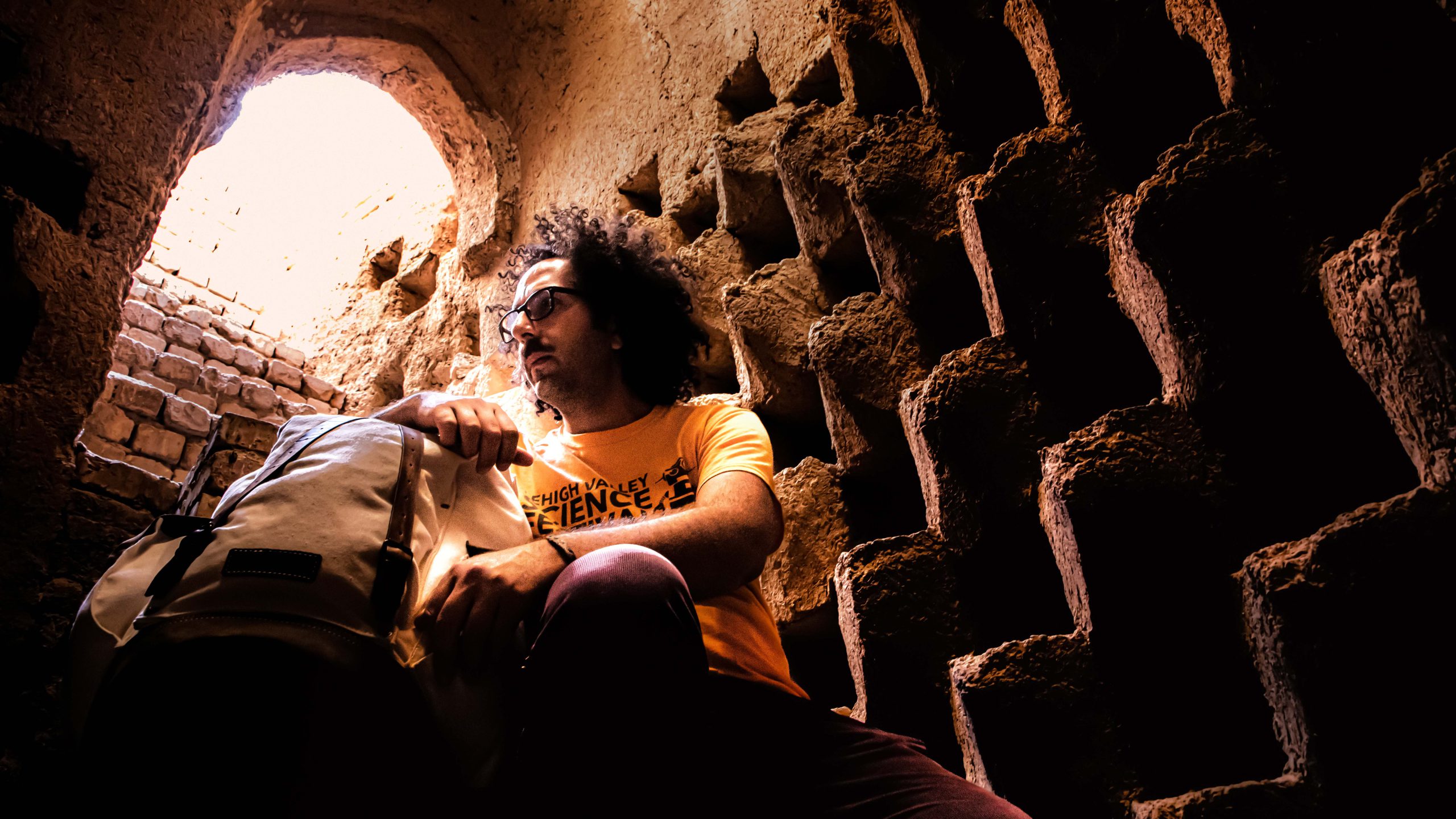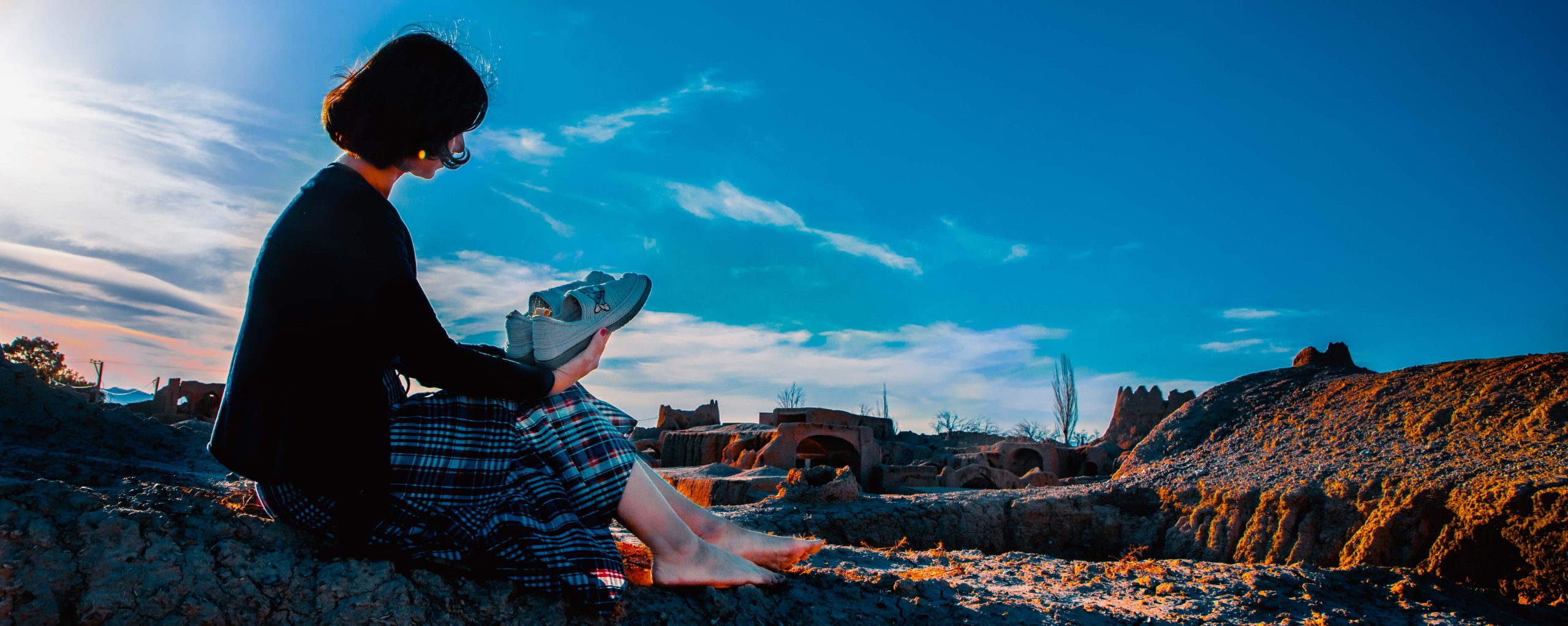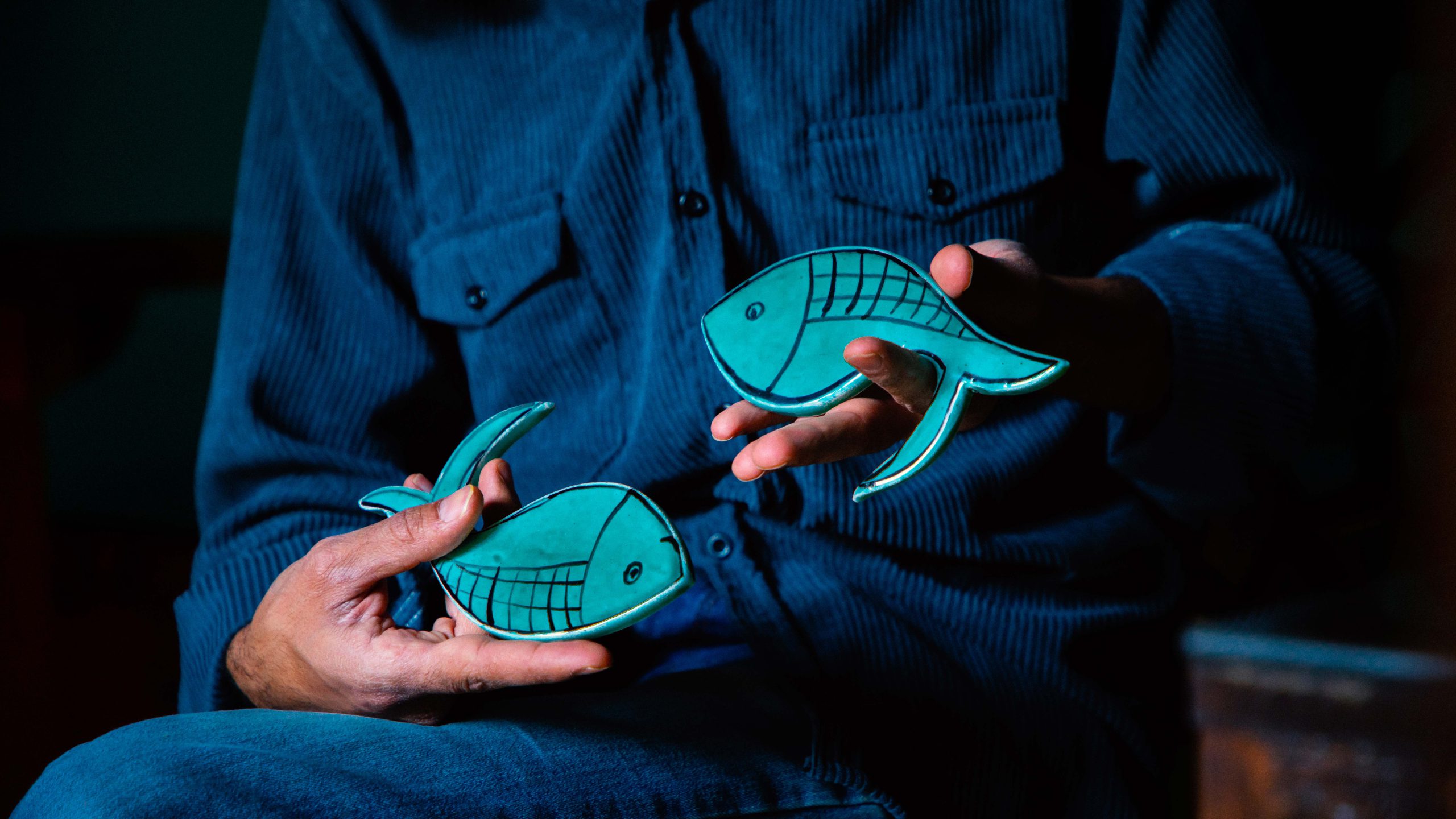Man and his signs
Walter Benjamin quoted Kafka as saying: “The true measure of life is memory.” Sometimes people are summed up in one object and that object becomes the whole existence, life and the his world inside and outside. And this is where the signs make sense.
Man and his signs | Ego and Archetype by Edward F. Edinger
In the introduction we are reminded that Jung “achieved a magnificent synthesis of human knowledge.” Through his work we have come to know the reality of the psyche and the phenomenology of how it manifests in us and in the world. We can therefore recognise the same phenomenology expressed in the culture-products: myth, religion, philosophy, art and literature. The area where we best see the reality of the psyche is when one person works in a committed way on their own personal development which Jung terms, the process of Individuation – “a process in which the ego becomes increasingly aware of its origin from and dependence upon the archetypal psyche.”
Edinger writes, “we know that the individual psyche is not just a product of personal experience […] it has pre-personal or transpersonal dimension which is manifested in universal patterns and images such as are found in all the world’s religions and mythologies. Jung said, “Man has a soul…there is a buried treasure in the field.” According to Edinger the process of individuation often expresses itself in symbolic images of a metaphysical nature. And Jung explored the realm of the metaphysical world with great courage. Paul Tillich in his commentary on Jung’s view, added that the symbolic images “must express what needs revelations, namely, the mystery of being.” (199)
Edinger adds an important point: “…projected metaphysical content, when withdrawn from projection, may still retain its metaphysical quality. We know that… dreams do reveal, to some extent, the ‘mystery of being’. Hence these messages can properly be called metaphysical, i.e., beyond the physical or ordinary conceptions of life. […] dreams of individuals…tend to also express a general or common viewpoint, a kind of perennial philosophy…being based on the universality of the urge to individuation.” (199)
In this section he records a series of dreams from his patients. He shows how the content of dreams demonstrates the developmental dynamic of the psyche as it manifests in various archetypal images. He concludes by saying: “Somehow the presence of the analyst was needed to release the numinosity of the dream images. Taken as a whole, the dreams conveyed a series of small religious experiences which brought about a gradual and definite change in the dreamer’s life attitude.” (224)
An in depth discussion of the image of the Blood of Christ follows to support the point that “Theology without alchemy is like a noble body without its right hand.” He emphasises that the archetypal image of the blood…must be treated with care. […] the empirical method of analytical psychology requires that we attempt to strip away the protective, traditional context in order to examine the living symbol itself… and its function in the individual psyche.” (225)
Symbols are alive and act as carriers of psychic energy. It is important for our psychic health that we engage with them in a conscious way as they relate to the experience of our archetypal psyche. The process of individuation expresses itself by means of symbolic images of a metaphysical nature. Encountering myths as they resonate with the psyche in different ways through dreams, religious and numinous experiences, assist us in making the unconscious conscious.
The goal is to become an autonomous individual separate from unconscious identification with anything outside of ourselves; to remain in the flux of opposites which is in itself a numinous space, because wholeness is found in the union of opposites. We hold fast to the knowledge that embedded in the manifestations of our unconscious individuality, the supreme value of individuality itself lies waiting to be redeemed by consciousness.
References: Ego and Archetype by Edward F. Edinger





